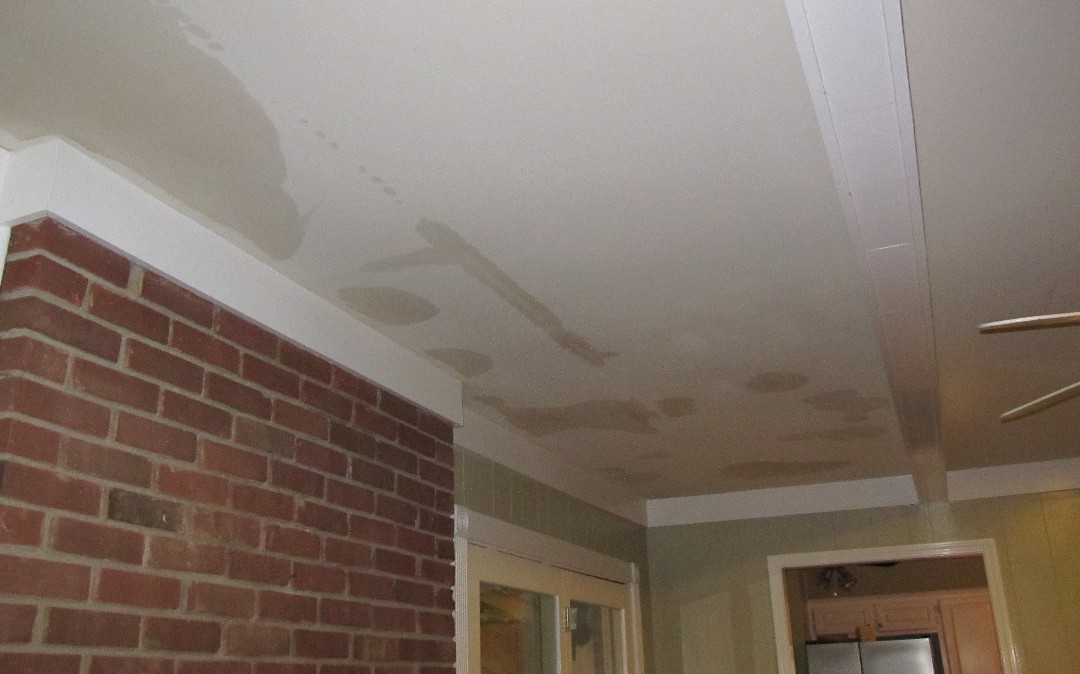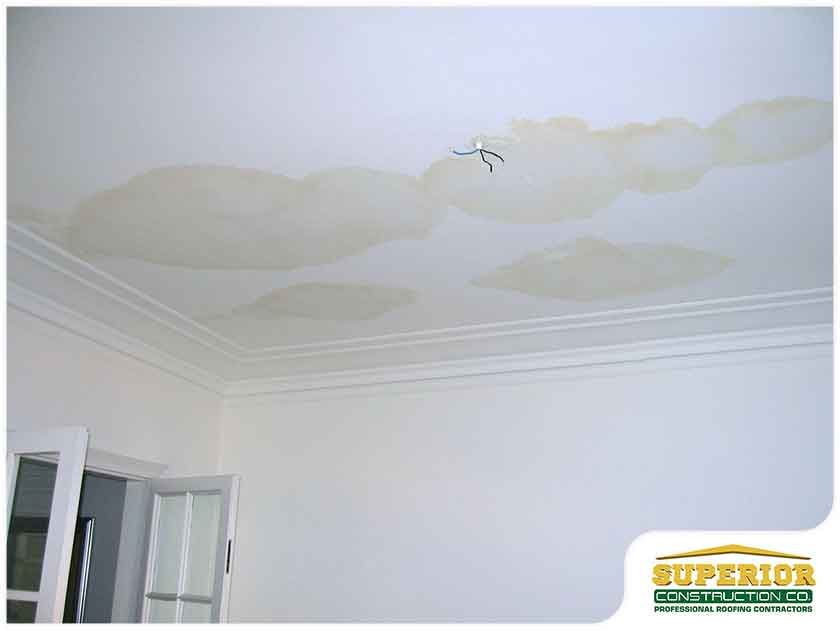From Detection To Correction - Managing Water Stains On Your Walls
From Detection To Correction - Managing Water Stains On Your Walls
Blog Article
Each person may have their personal opinion on the subject of Water Stains on Walls.

Water discolorations on walls are not pleasant to the eyes. Your residence must be without stains on the wall surfaces, roofing, or floors. That is the perfect state of a home and also its frameworks. Yet, in some cases it seems virtually inescapable to experience water stains on walls in homes.
House owners residing in moist areas constantly manage the worry of water discolorations on walls. That does not have to be the situation for you. With precise and also all-around details on the reasons for water discolorations as well as punctual repair work procedures, you will constantly be a step ahead of such events. So, this article promises to be a valuable guide for you.
3 Typical Sources Of Water Stains on Walls
In contrast to common belief, water discolorations on walls do not always originate from poor structure products. There are a number of sources of water stains on wall surfaces. These include:
Moist
When warm wet air meets with dry chilly air, it creates water beads to form on the walls of structures. This takes place in bathroom and kitchens when there is heavy steam from cooking or showers. The water droplets can stain the bordering walls in these parts of your house and also infect various other locations.
Wet or condensation affects the roof and walls of buildings. This creates them to appear darker than other areas of the residence. When the wall surface is wet, it creates a suitable atmosphere for the development of fungi and microorganisms. These might have negative results on health, such as allergies and breathing disorders.
Poor Drain
When making a structure strategy, it is important to guarantee sufficient drain. This will avoid water from leaking into the walls. Where the drainage system is clogged or missing, below ground dampness develops. This links to excessive moisture that you see on the wall surfaces of your building.
So, the leading root cause of wet walls, in this instance, can be a bad drainage system. It can also result from bad administration of sewer pipelines that run through the structure.
Pipe Leaks
Most residences have a network of water pipes within the walls. This makes sure that the pipelines are faraway from the reach of harmful rats. It constantly enhances the viability of such pipelines, as there is little oxygen within the wall surfaces. This dissuades rust.
Yet, a disadvantage to this is that water leak affects the wall surfaces of the structure and creates extensive damage. An indicator of faulty pipelines is the appearance of a water stain on the wall surface.
Pro Tip
A houseplant in your house likewise boosts its humidity. So, if your house is already moist, you may intend to introduce houseplants with marginal transpiration. An instance of appropriate houseplants is succulents.
Water Discolorations on Wall: Fixing Tips
House owners would generally desire a quick fix when dealing with water spots. They would soon understand this is counterproductive as the water spots reoccur. Right here are a couple of useful ideas that will direct you in the fixing of water stains on walls:
Conclusion
No one wants to have water spots on walls in their house, it can occur to the ideal of us. This write-up offers you leverage, as you currently recognize how to handle this mishap if it does occur.
It is always best to recruit professional services to help repair the damages in your home.
In some cases it seems practically inescapable to experience water spots on walls in houses.
Contrary to prominent belief, water stains on walls do not constantly stem from inadequate structure products. There are numerous reasons of water spots on wall surfaces. The water droplets can discolor the surrounding walls in these parts of your residence and also spread to other areas.
Below are a couple of practical ideas that will certainly direct you in the repair work of water stains on walls:
How to Remove Water Stains From Your Walls Without Repainting
The easy way to get water stains off walls
Water stains aren’t going to appear on tile; they need a more absorbent surface, which is why they show up on bare walls. Since your walls are probably painted, this presents a problem: How can you wash a wall without damaging it and risk needing to repait the entire room?
According to Igloo Surfaces, you should start gently and only increase the intensity of your cleaning methods if basic remedies don’t get the job done. Start with a simple solution of dish soap and warm water, at a ratio of about one to two. Use a cloth dipped in the mixture to apply the soapy water to your stain. Gently rub it in from the top down, then rinse with plain water and dry thoroughly with a hair dryer on a cool setting.
If that doesn’t work, fill a spray bottle with a mixture of vinegar, lemon juice, and baking soda. Shake it up and spray it on the stain. Leave it for about an hour, then use a damp cloth to rub it away. You may have to repeat this process a few times to get the stain all the way out, so do this when you have time for multiple hour-long soaking intervals.
How to get water stains out of wood
Maybe you have wood paneling or cabinets that are looking grody from water stains too, whether in your kitchen or bathroom. Per Better Homes and Gardens, you have a few options for removing water marks on your wooden surfaces.
You can let mayonnaise sit on your stain overnight, then wipe it away in the morning and polish your wood afterward. You can also mix equal parts vinegar and olive oil and apply to the stain with a cloth, wiping in the direction of the grain until the stain disappears. Afterward, wipe the surface down with a clean, dry cloth. Try placing an iron on a low heat setting over a cloth on top of the stain. Press it down for a few seconds and remove it to see if the stain is letting up, then try again until you’re satisfied. (Be advised that this works best for still-damp stains.) https://lifehacker.com/how-to-remove-water-stains-from-your-walls-without-repa-1849742925

As an enthusiastic person who reads about How to Find and Repair Water Leaking in the Wall, I think sharing that short article was a good thing. Remember to set aside a second to distribute this page if you enjoyed reading it. Thanks for taking the time to read it.
Book
Report this page